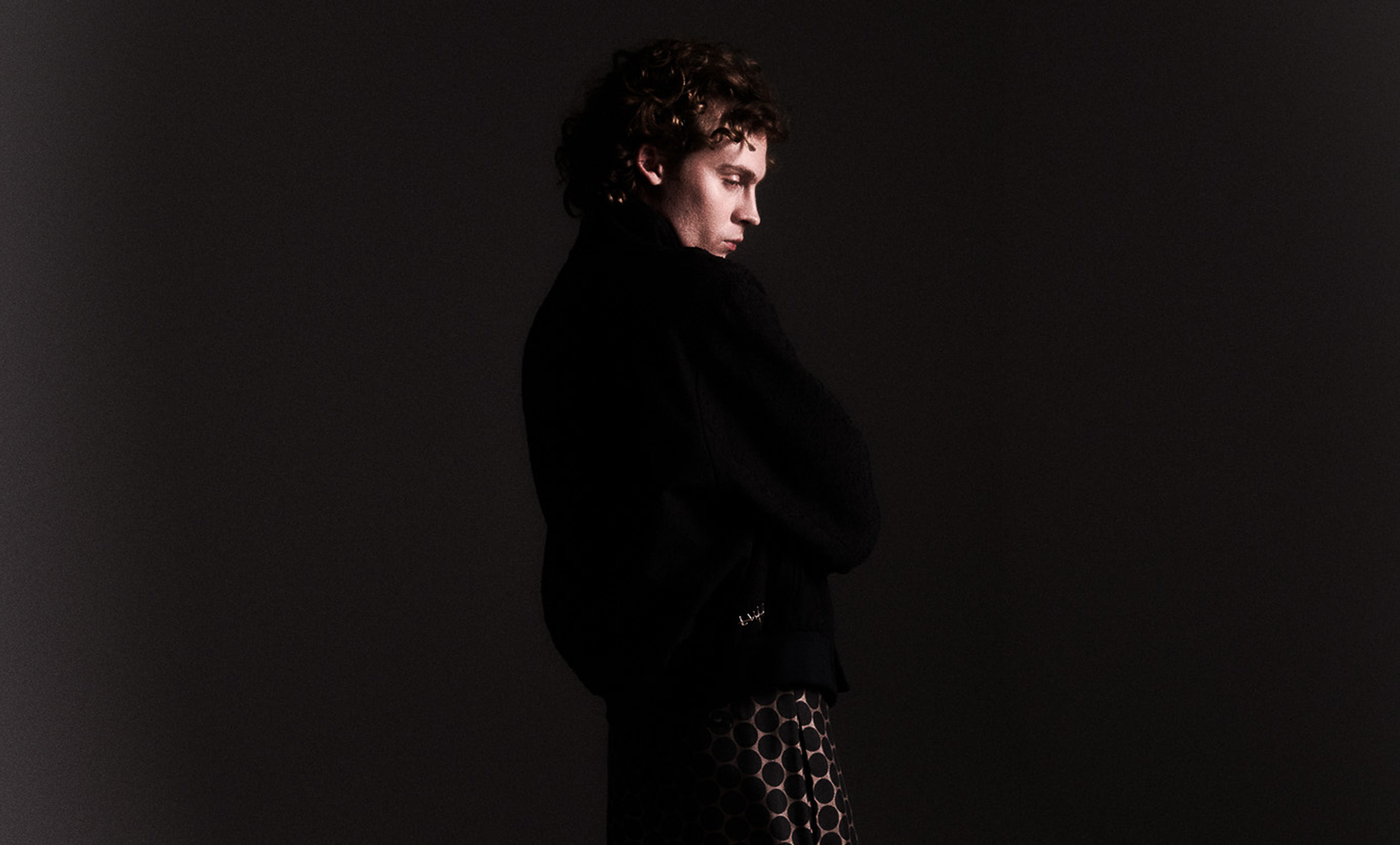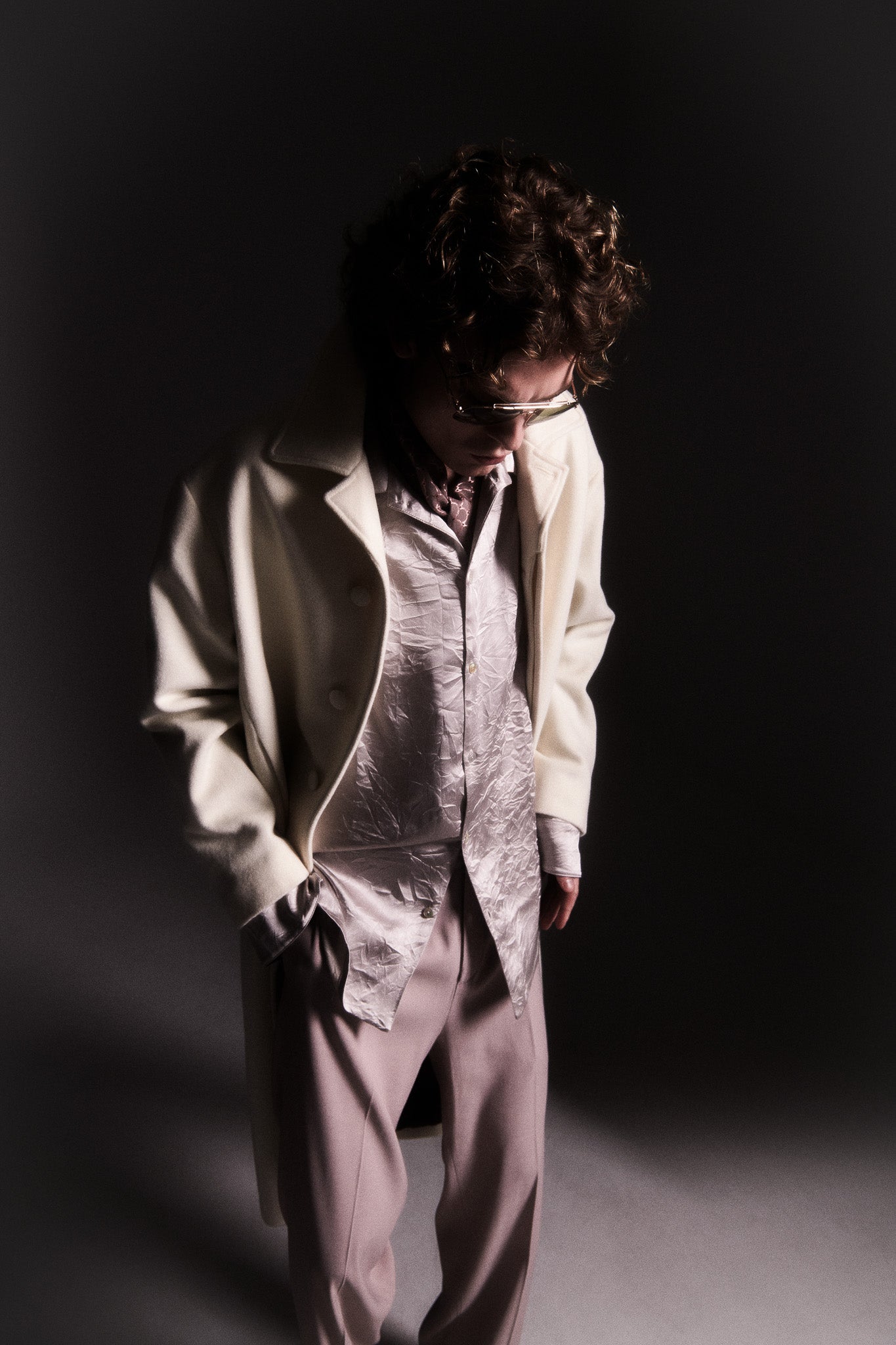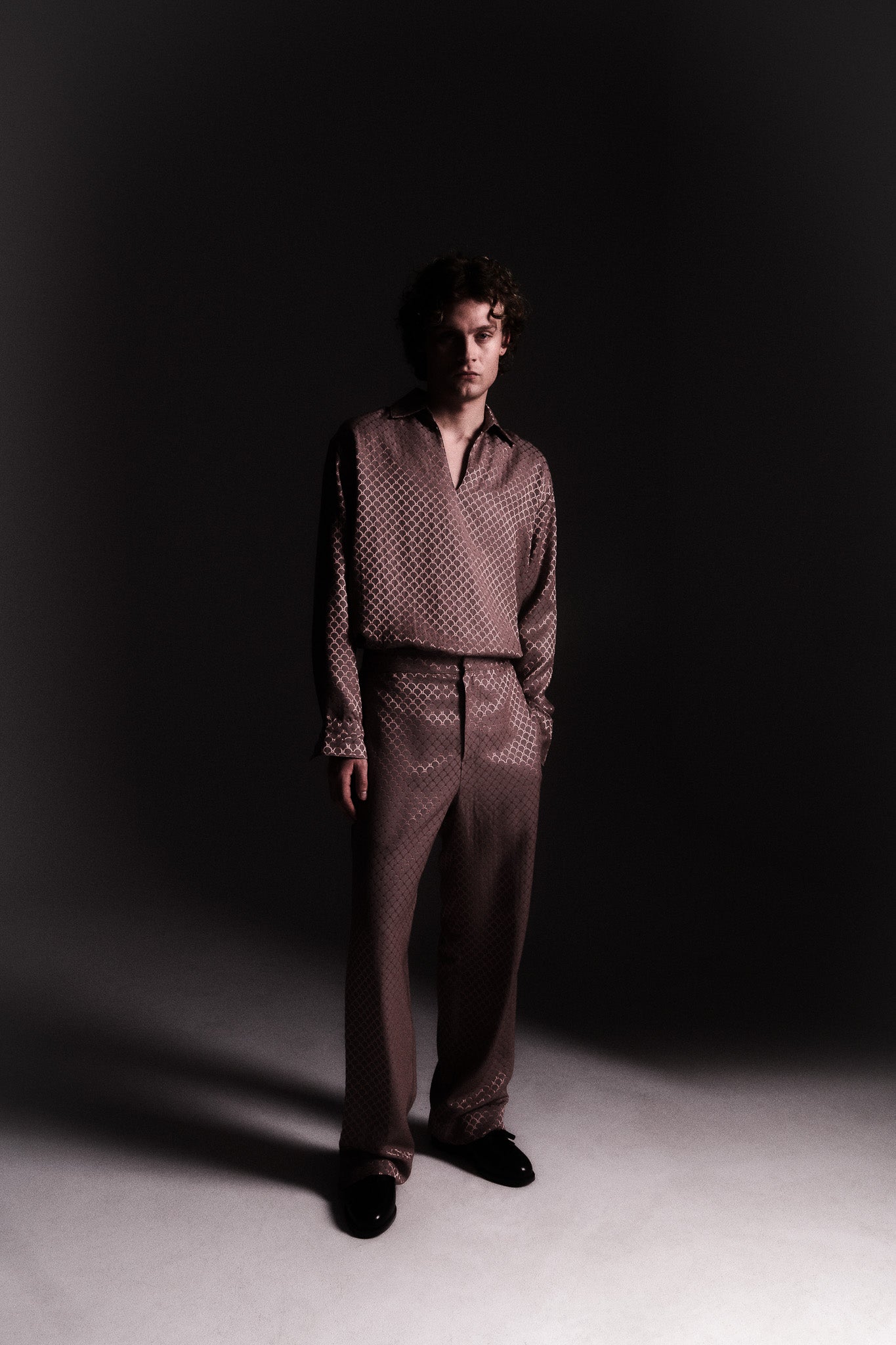
COMING SOON...
For
any
urgent
matters
or
inquiries,
please
contact
us
at
support@limitato.se

